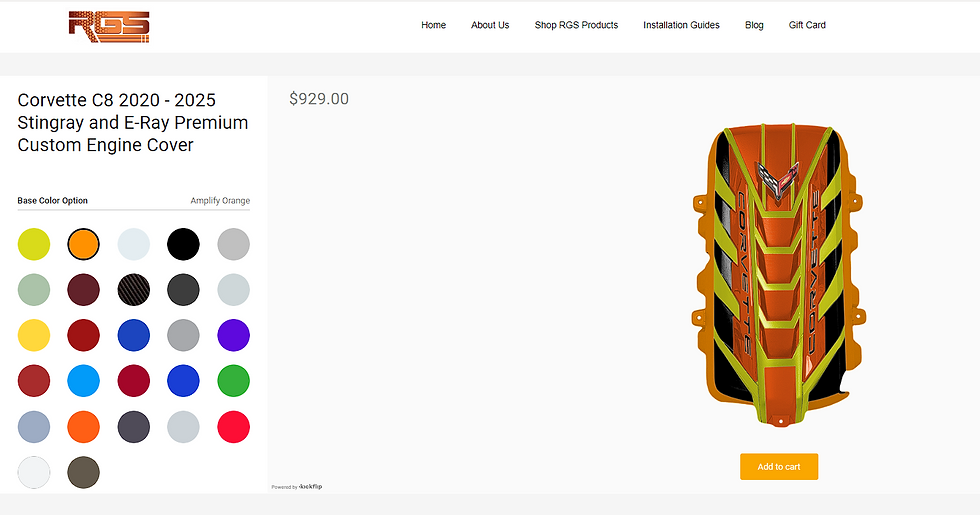Porsche and Audi are Clear to Enter Formula 1
- RGS Eric

- May 16, 2022
- 3 min read
It’s happening!

Porsche and Audi have been given the apparent go-ahead by parent company Volkswagen to join Formula 1. There has been talk about the two companies’ serious interest in joining, but now the ball can really begin rolling with VW’s stamp of approval. At a recent event in Germany, Group CEO Herbert Diess confirmed that Audi and Porsche would officially be joining F1, according to a report by Reuters and an article by Car and Driver.
Despite some disagreements between the board of directors, Audi and Porsche were successful in reassuring Volkswagen that the money earned in bringing them into Formula 1 would outweigh the initial costs. There have been rumors surrounding both automotive companies in how their entrance into Formula 1 will be conducted, including Audi purchasing an existing team, such as McClaren or Sauber, and Porsche entering as an engine manufacturer while partnering with Red Bull, but nothing has been solidified just yet. While there is still some wiggle room as far as what Audi and Porsche will do, Porsche is a bit more set out of the two.
There are anticipated rule changes that are to come about in 2026 and these rules will bring in new cars that run on fully synthetic (and sustainable) fuel. Porsche has conveniently been backing the push toward synthetic fuels in a way to promote the longevity of its internal combustion cars, like the 911 for instance. Formula 1 will give Porsche the opportunity to develop and enhance their technology while continuing to improve their road cars and make stronger ties between them and the team. Along with Porsche’s strides toward more economic solutions, Formula 1’s high advertising abilities and impact were also very convincing for Porsche. Additionally, these rule changes bring a fresh start for all cars involved, raising Audi and Porsche’s chances of becoming competitive right out of the gate.
There has been noticeable growth in Formula 1 in the United States, and around the world for that matter, paralleling the Netflix show “Drive to Survive” and social media presence via Liberty Media’s takeover of the series. Diess noted F1’s leverage in advertising and said that Porsche will likely shift away from other motorsports in order to focus more on F1. While Diess’ statements were not backed by an official confirmation from Formula 1 that Audi and Porsche will be joining the family, it is the closest thing we’ve received among all the rumors going around about it. A full and official announcement is expected to come later this year, so stay tuned!
More About Porsche’s Push Toward Greener Alternatives
Despite the growing popularity of electric cars, the majority of vehicles on the road still use gas or diesel as their way of mobility. In an effort to make driving these gas-guzzlers more efficient, Porsche has been working on curating synthetic fuels, or eFuels, that will supposedly make an internal combustion engine run just as clean as an electric vehicle.
Porsche’s eFuels are made from CO2 and hydrogen and are produced through the utilization of renewable energy. The end result is a liquid that an engine will burn as if it was gasoline made from crude oil, but the eFuel can be produced in a climate-neutral manner, theoretically.
One major benefit of Porsche’s eFuel is that you can pump it right into a standard vehicle without having to make any prior adjustments to the engine. It is not meant just for everyday vehicles, either– the Porsche 911 GT3 Cup race car can even run on synthetic fuels, which, according to Porsche and an article from Car and Driver, "significantly lowers CO2 emissions under racing conditions."
This is exciting news for the foreseeable future of racing and everyday driving, especially since this alternative means that the purchase of an electric car may not be “necessary” or the only true option for environmentally conscious drivers.
Which car company are you more excited about joining Formula 1? Audi or Porsche? Tell us!
Sources:







Comments